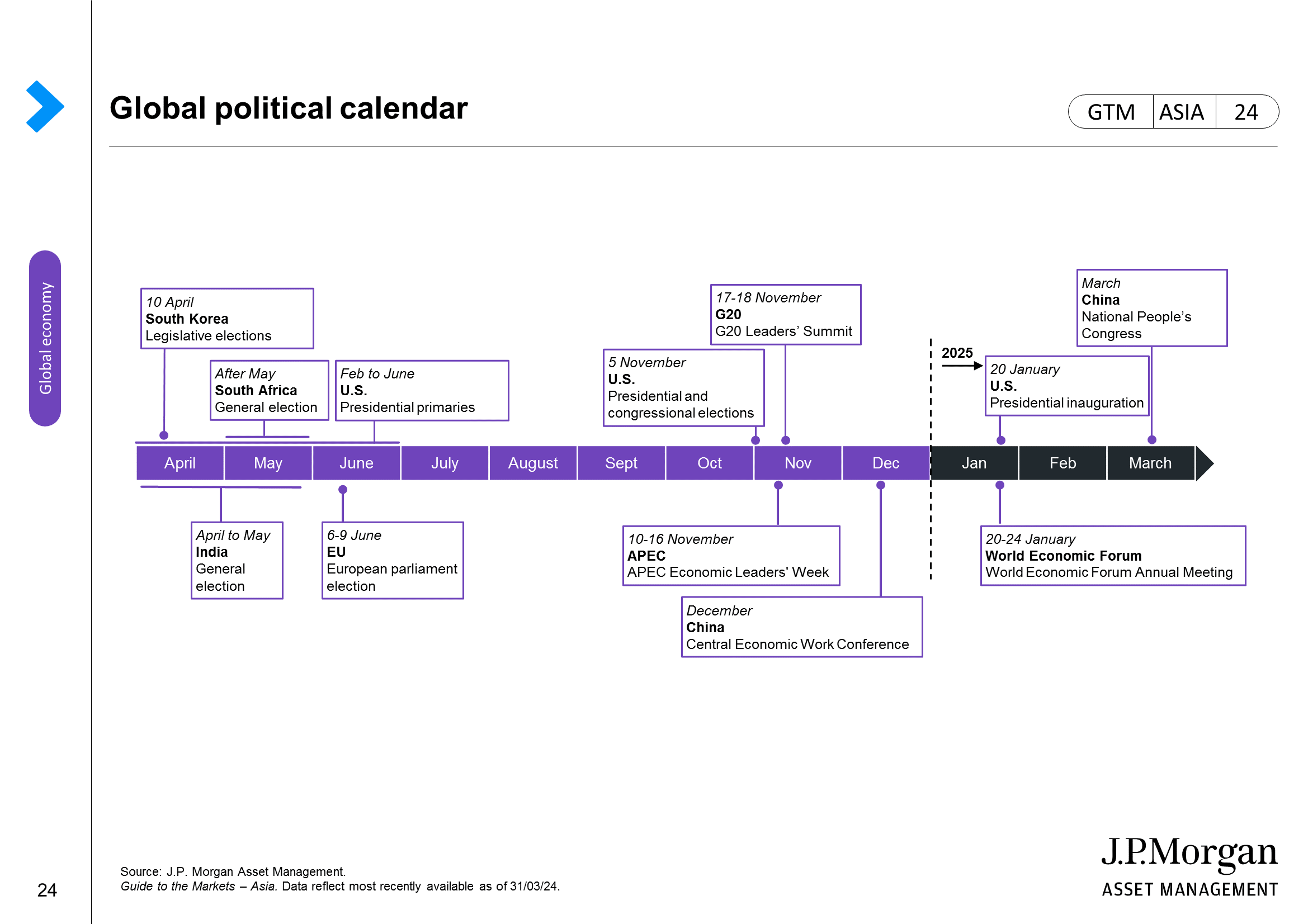Slide Image

Chart Image

United States: Housing market
The chart on the left looks at U.S. mortgage rates and housing starts. The grey line represents the inverted 30-year fixed mortgage rate while the purple line tracks the year-over-year change in housing starts. This chart shows positive relationship between the two data sets, as mortgage rates rise, the demand for housing declines, and hence housing starts fall. Given the recent rise in mortgage rates, the demand for housing may slow, leading to a decline in residential investments and housing starts. The housing market is therefore very sensitive to interest rates, and high mortgage rates could weigh heavily on economic growth over the next few months. The chart on the right hand side looks at the distribution of existing U.S. mortgages by various interest rates. While there have been concerns about rising interest payment burdens as a result of high mortgage rates, the U.S. property market is relatively well insulated as a higher percentage of mortgages are long-term fixed rate and locked in at rates below 4%. In addition, the number of variable rate mortgages is much lower than in 2008 (when it reached a high of almost 50%).